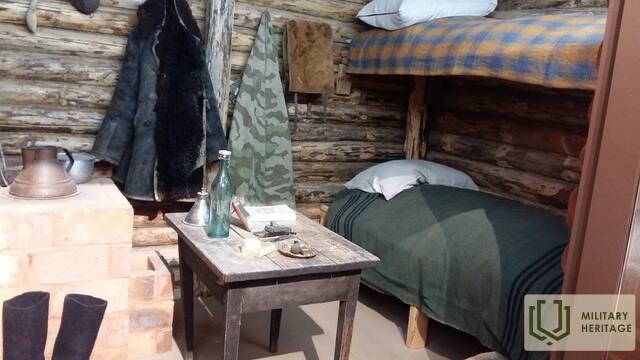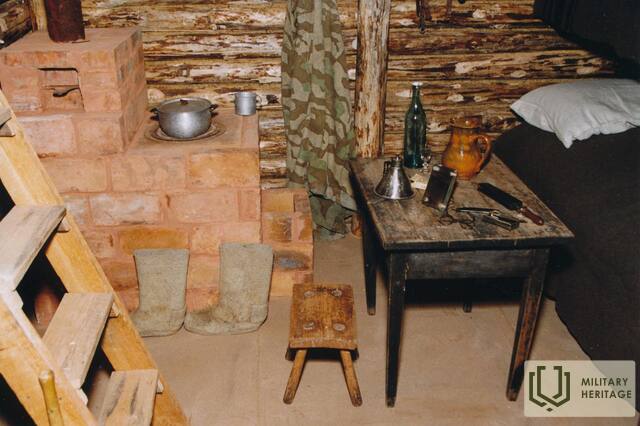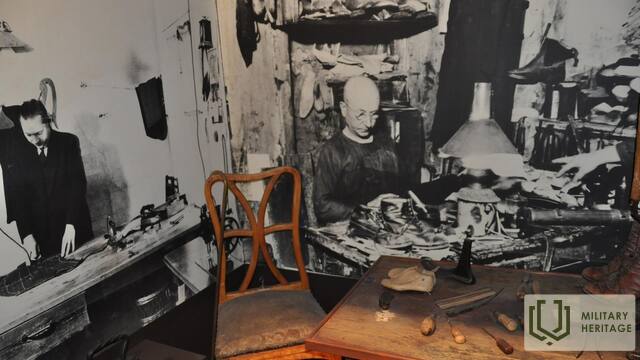Senosios Veru kultūros centras / Veru muziejus
Muziejus

Šis muziejus yra Veru miesto centre.
Parodoje pristatoma Veru apskrities istorija nuo priešistorinių laikų iki XX amžiaus vidurio.
Taip pat pateikiama Estijos Respublikos gimimo ir Nepriklausomybės karo įvykių apskrityje apžvalga. Be to, muziejus gali pasigirti viena išsamiausių Estijos miško brolių ekspozicijų, įskaitant miško brolių bunkerio vidaus kopiją.
Parodų salėje reguliariai eksponuojamos įvairių temų parodos, taip pat galima lankyti istorijos tematikos muziejaus kursus.
Edukacinės programos
„Istorija per žmonių likimus“; „Miškininkas Alfredas Käärmannas ir 1940-ųjų pasirinkimai“
Legendinis Veru apygardos miško brolis Alfredas Käärmanni (1922–2010) po antrosios sovietų okupacijos pradžios 1944 m. rudenį, jaunas vyras išėjo į mišką. Po metų per reidą jis buvo sužeistas į kairę ranką sprogstamąja kulka ir vos išvengė gyvybės Latvijos miško brolių, kurie organizavo medicininę pagalbą, dėka. Alfredas neteko kairės rankos. Nepaisant to, jam pavyko priešintis dar septynerius metus ir tik užnuodyto gėrimo, kurį pasiūlė išdavikas, tapęs MGB agentu, dėka miško brolis buvo sugautas gyvas. Jam buvo skirta dvidešimt penkerių metų priverstinio darbo bausmė, o prie šios utopinės bausmės buvo pridėti dar penkeri metai tremties. Alfredas galėjo grįžti į okupuotą Estiją 1981 m., o jo persekiojimas baigėsi tik Dainuojančios revoliucijos metais.
Alfredo Käärmanno iniciatyva Estijos Respublikos Konstitucijos preambulėje įtvirtintas principas, kad Estijos valstybė ir jos konstitucija privalo užtikrinti Estijos tautos ir kultūros išsaugojimą per visą laiką.
Alfredas Käärmannas buvo vienas aktyviausių Veru apskrities vyrų, atkuriančių nepriklausomybę: jis padėjo atkurti Gynybos lygą ir buvo išrinktas Estijos kongreso delegatu. Jis išleido knygas, iš kurių žinomiausios yra „Prieš mirtiną priešą“ (2000 m.) ir „Laisvės dvasia“ (2000 m.). Jam įteiktas Erelio Kryžiaus IV klasės ordinas.
Gyvenime visi turime daryti pasirinkimus, ir kai kurie iš jų yra svarbesni už kitus. Istorijos studijų esmė – lavinti nuovoką. Istorija suteikia galimybę pažvelgti į pirmtakų priimtų sprendimų rezultatus. Muziejaus pamokoje apmąstome, kokius pasirinkimus turėjo jaunimas Veru apskrityje 1940-aisiais. Norėdami pasinerti į epochą, bandome įsijausti į kelių tikrų žmonių kailį – ar tai būtų Alfredas, išėjęs į mišką, Karlas, pabėgęs į Švediją, ar Aleksandras, likęs namuose. Pagalvokime, kokie buvo jų pasirinkimai ir ką mes darytume jų vietoje. 80 metų distancija nuo šių įvykių suteikia mums galimybę sužinoti, kokios buvo šių pasirinkimų pasekmės.

























